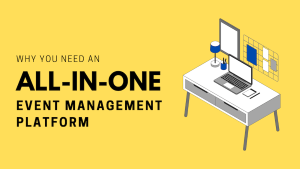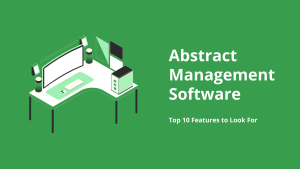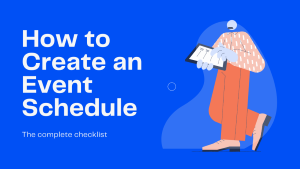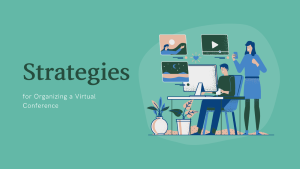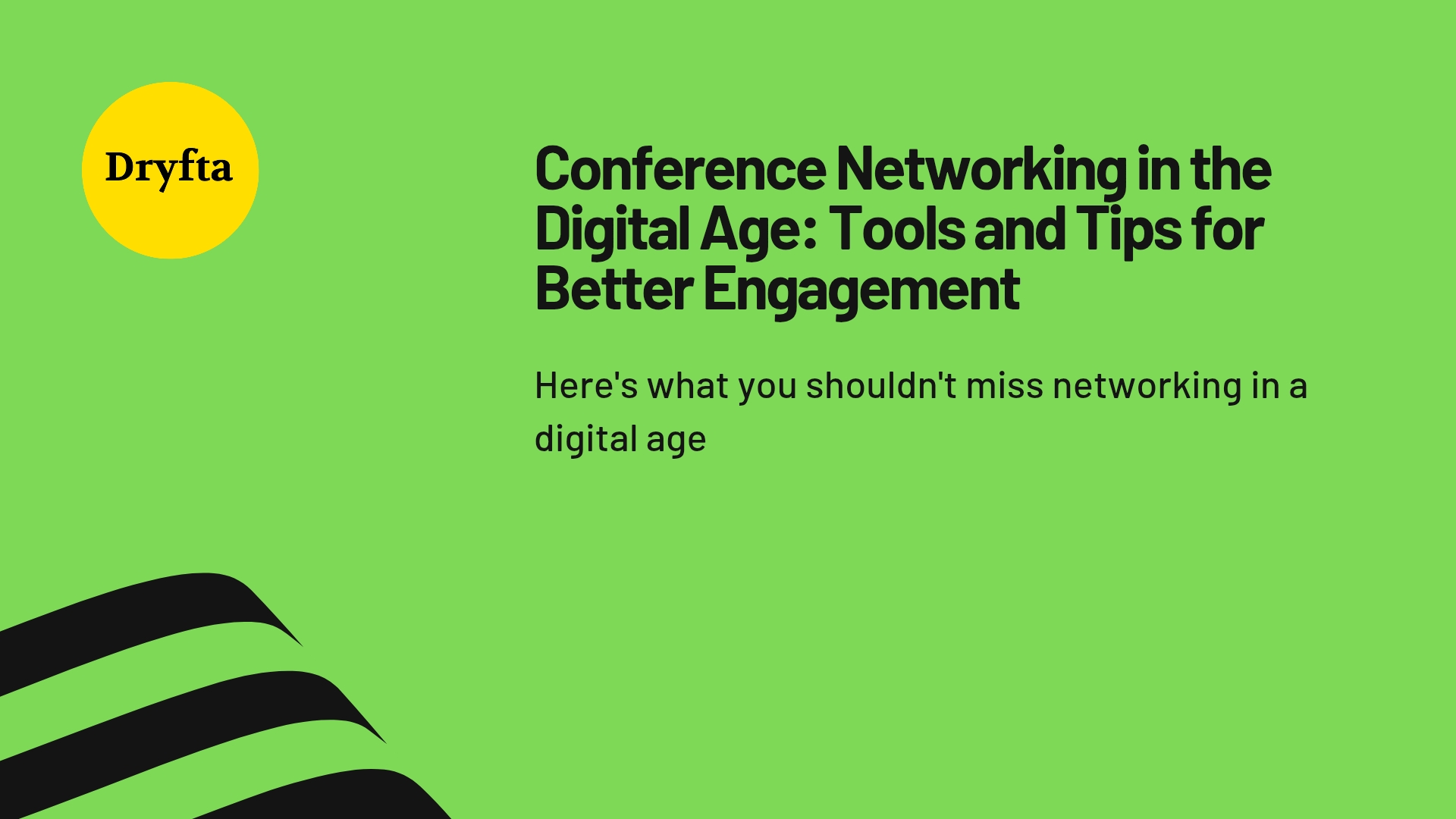
Networking in a digital age comes with many benefits. But perhaps the most noteworthy of it all is that attendees no longer have to sit through awkward small talk or fight their anxiety to talk to a stranger.
Well, maybe those days aren’t entirely gone, you will still have to meet and interact with strangers on the daily in academia, when it comes to conferences, the internet has spruced the game up tenfold. Today’s professional gatherings demand your physical presence but also offer you the convenience of later digital connectivity. In 2025, with online event management tools like Dryfta, we’ve beyond excited to move past the brief handshakes and business card exchanges that the academic and scientific research community has grown accustomed to.
Why Networking Feels Different Now
Modern conferences exist simultaneously in multiple dimensions. You’re physically present in conference halls, digitally active on event platforms and virtually connected through social media. This multi-layered experience can feel overwhelming but it also offers opportunities to connect with the right people at the right time. The average conference attendee now spends most of their event time engaging with digital platforms: checking schedules, participating in live polls or messaging other attendees. Rather than viewing this as distraction, savvy networkers acknowledge it as an extension of the networking floor itself.
Getting Started Before the Event Opens
Smart networking begins weeks before the event. This is where platforms like Dryfta make a real difference. Most modern conferences use comprehensive event management systems that let you do way more than just register. You can use tools like this to your advantage by completing your attendee profile thoroughly. You may also include a professional photo, clear description of your work and specific interests. This isn’t LinkedIn, therefore you can be more conversational and specific about what you’re hoping to learn or discuss.
It also helps attendees to review the attendee list methodically and create a shortlist of 15-20 people you’d genuinely like to meet. Send personalized connection requests through the platform, mentioning specific reasons you’d like to connect. A message like “I noticed you’re working on AI implementation in healthcare, I’d love to hear about your experience” works infinitely better than generic requests.
Making the Most of Dryfta’s Networking Features
Here’s something most people miss: event platforms like Dryfta are designed specifically to solve the biggest hurdle pulling down the productivity of conferences today: finding the right people in a sea of strangers.
In this regard, the meeting scheduler function is particularly valuable. Instead of playing hallway tag all day, you can book specific time slots with other attendees. We’ve seen people schedule their entire conference this way, having back-to-back meaningful conversations instead of wandering around hoping to bump into someone useful. Many platforms now include matching features that suggest potential connections based on mutual interests, complementary skills, or similar challenges. While algorithms aren’t perfect, they can surface valuable networks you might otherwise miss.
Mastering the Social Media Backchannel
Twitter, LinkedIn and other social media platforms create a parallel conversation happening alongside physical events. This backchannel amplifies key points from sessions, facilitates real-time discussion and helps you identify like-minded attendees. This visibility attracts others interested in similar topics and often attracts direct messages from potential connections.
The key here is, needless to say, balance. Don’t become so absorbed in digital documentation that you miss the physical event. Set specific times for social media activity, perhaps early morning, between sessions, and evening, rather than constantly threading posts.
Bridging the Gap With Virtual Attendees
Hybrid conferences have become standard and this is where platforms like Dryfta really breakthrough. We help you close in on the gap between in-person and virtual attendance in ways that weren’t possible just a few years ago.
Virtual attendees often feel like second-class participants so reaching out to them makes them feel seen, valued and heard. Organizers can add to the productivity of their event by utilizing the platform’s chat features to engage deliberately with the remote crowd. We’ve seen that some of my best conference connections have been with people who couldn’t physically attend. They’re often more responsive to digital outreach because, well, that’s all they have. A message offering to share additional context from sessions or grab a coffee at the next event can set the stage up for more valuable, continued connections.
The Art of Digital Follow-Up
The conference isn’t over when you leave the venue. This is where most networking efforts die, honestly. People collect dozens of contacts and then…nothing. Within 24 hours of meeting someone, send a personalized message through the mobile event app. Reference specific conversation points and suggest concrete next steps. Whether that’s scheduling a call, sharing a relevant article or making an introduction.
Most people don’t realize that event platforms remain active long after the conference ends. Dryfta and similar systems keep attendee directories accessible, which is fantastic for continued networking. Go back through the attendee list and connect with people you didn’t get to meet in person. Dryfta also hosts post-event discussions or share recorded sessions. The people who stay active in these forums are often the most valuable connections, they’re clearly committed to continued learning and relationship building.
Bringing It All Together
Here’s the truth: technology won’t replace the magic of a good face-to-face conversation, but it can make sure you don’t miss the right ones. Dryfta’s job isn’t to keep you glued to a screen; instead, it helps you walk into a conference knowing who to talk to, when, and why.
The people who get the most out of these events aren’t the ones who collect the most contacts; rather, they’re the ones who follow up, stay curious, and keep the conversation going long after the lights go down. When you do that, and use the tools at your disposal to make real connections, you’ll walk away with more than just notes and slides. Ultimately, you’ll leave with relationships that actually last.

